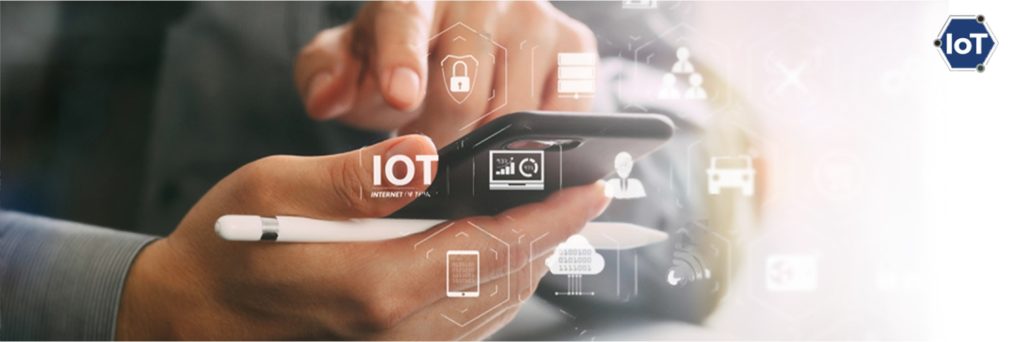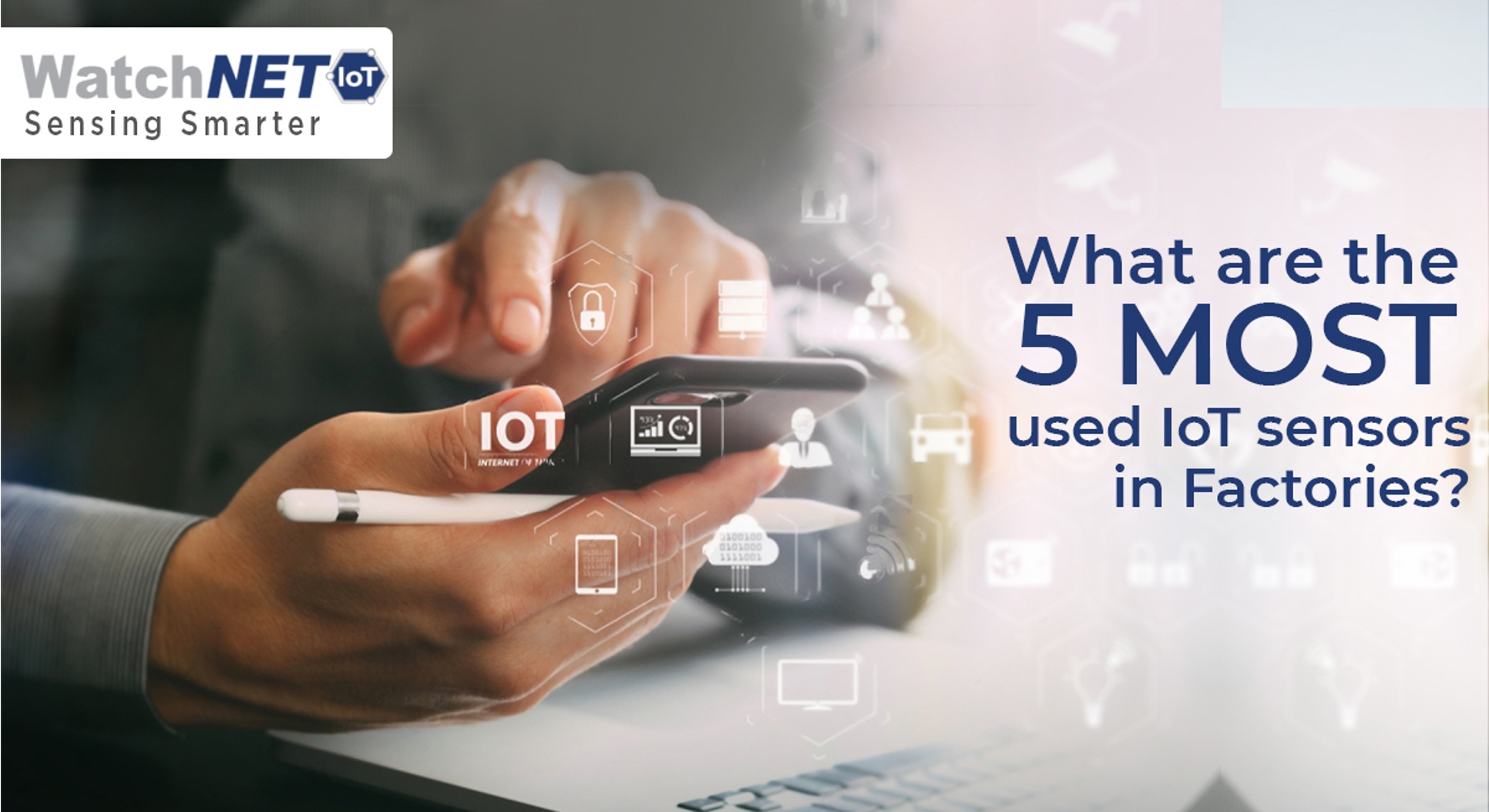
Internet of Things (IoT) is the concept of connecting different devices to each other and to the internet to transmit thousands of bits of data and information. IoT is changing a great part of the world relevant; from the way we drive to how we make buys and even how we get vitality to our homes. Complex sensors and chips are embedded around us. IoT is changing a great part of the world significantly; from the way we drive to how we make buys, what is more, even how we get vitality to our homes.
Why do we need IoT applications?
Creating applications for the IoT could be a difficult undertaking because of a few reasons.
- The high multifaceted nature of circulated registering,
- The absence of general rules or systems that handle low level correspondence and improve high level execution,
- Different programming languages, and
- Different communication protocols.
It includes designers to deal with the framework and handle both programming and equipment layers alongside protecting all practical and non-useful programming prerequisites.
So as to comprehend this potential improvement, rising advances and progressions, organization applications need to grow moderately to facilitate customer needs. Besides, devices ought to be made to fit customer essentials regarding openness wherever and at whatever point. As the complexity of Internet of Things (IoT) systems increases, a large variety of tools and technologies for IoT management are making their way into both research setups and the market. IoT management arrangements must consider the asset confinements of implanted gadgets, as well as their heterogeneity and network dynamics.
How Does It Work
Different IoT devices have different functions, but they all have similarities in terms of how they work. Firstly, IoT devices are physical objects that sense things going on in the physical world. They contain an integrated CPU, network adapter and firmware, and are usually connected to a Dynamic Host Configuration Protocol server. It also requires an IP address to function over the network. Most IoT devices are configured and managed through a software application. For example, an app on your smartphone to control the lights in your home. Some devices also have integrated web servers, which eliminates the need for external applications. For example, the lights switch on immediately when you enter a room.
Top Five Most Used IoT
Manufacturing or Industrial
Industrial IoT is defined as a network of devices, machinery and sensors connected to each other and to the Internet, with the purpose of collecting data and analyse it to apply this information in continuous process improvement. This is a market that is constantly expanding and is one of the major players that many have already adopted. To have access to this competitive advantage, one would be wise to know the main Industrial IoT applications and how to implement the system. Many plants are already utilizing connected control systems for procession and supervision. Some of the benefits of IoT in manufacturing and industrial environments are
- It helps to detect and avoid the issues that may cause delays.
- The industrial unit can increase production quality and rip the benefits from manufactured components.
- It enables the managers to better allocate the resources, improve worker skilfulness and make the working environment safe.
Through connecting IoT-driven gadgets that have different sensor points manufacturers can obtain essential maintenance data. With cloud computing models, we can collect and analyse the large-scale data sets necessary for supervising various field devices like switches, valves, and other indication elements. Managing the automotive fleet via IoT-driven devices helps manufacturers eliminate or put down the risks concerning blind spots in the logistics chain. WatchNET Industrial Solutions, WatchNET Building Automation, WatchNET IAQ Solutions
Transportation and mobility
internet of Things’ (IoT) is dramatically accelerating the pace of innovation in the local transportation industry and providing real solutions. Forecasts show that the significant investments are mainly reflected within smart cities and communities, transportation systems technologies and energy efficiency/power consumptions. Besides, transportation companies are enhancing their product portfolio with digital functionalities and introducing innovative data-based services. For instance, IoT enabled communications was demonstrated and tested on ticket machines, information systems and audio installations with the aim to improve the passenger experience. IoT sensors are used to determine whether the bus is full or not, and this information will be pushed out to the passengers waiting at the bus stops. IoT technologies are also used to detect the position of buses in real time and transmit information on journey times to passengers. WatchNET Data Centre Solutions
Cities
Smart cities are growing and blossoming in all parts of the world. IoT has the potential to tame the pressure of urbanization, create new experience for city residents, and make day-to-day living more comfortable and secure. IoT projects in Smart Cities include connected traffic (smart parking, traffic management), utilities (smart waste, lighting), public safety (video surveillance) and environmental monitoring (air pollution). IoT-enabled smart city use cases span multiple areas: from contributing to a healthier environment and improving traffic to enhancing public safety and optimizing street lighting. They have implemented a smart traffic solution to control traffic flow along with Road-surface sensors and closed-circuit television cameras that send real-time updates about the traffic flow. Cities are also deploying a network of smart controllers to automatically make second-by-second traffic lights adjustments, reacting to changing traffic conditions in real time. Also smart parking solutions determine whether the parking spots are occupied or available and create a real-time parking map for drivers to choose. WatchNET Smart Parking solutions, WatchNET Environment monitoring solutions, WatchNET Air Quality Testing
Healthcare
IoT has only slowly proliferated itself in healthcare. However, things look to be changing in light of the centre of COVID-19 pandemic. With digital health solutions that relate to COVID-19 surging, the demand for specific IoT health applications such as telehealth consultations, digital diagnostics, remote monitoring, and robot assistance is increasing too. The internet of things has such huge potential for the healthcare industry that it even has its own alias: the Internet of Medical Things (IoMT). Devices and applications in this industry improve healthcare, reduce strain on medical professionals, and allow patients to be treated at home or away from hospitals. IoT promises to help healthcare organizations in providing personalized, accessible, and up-to-the-point healthcare services at a lower cost. From remote health monitoring to transmitting real-time alerts, there are several areas where healthcare IoT finds its use. For instance, patients can connect any wearable or portable device to the cloud and update the data in real-time. IoT can also help in collecting data accurately, which can be accessed by emergency care staff such as paramedics or staff in the ER for quick and better medical assistance. Using IoT devices in the form of wireless ID cards, hospitals can manage admissions, increase the security, and measure the overall performance of the staff. BLE (Bluetooth Low Energy) beacons and RFID tags can be used to track the location of the inventory and also trace the staff members in case of any urgency. IoT can virtually monitor critical medical hardware. If there is an anomaly in any equipment, the solution alerts the hospital staff, so that a failure can be avoided by preventive maintenance. WatchNET Smart Hospital Management Solutions, WatchNET Elderly Care Solutions
Agriculture
IoT sensors can help farmers make more informed decisions to achieve higher crop yield, better quality produce, and save costs by reducing the use of fertilizers and pesticides. Innovative technologies such as LPWAN are paving the way for Smart Agriculture by supplying a range of features in terms of energy consumption and long-range transmission i.e., the main network requirements for key applications in the sector. LPWANs are ideal for gathering data about local agricultural conditions including weather, soil moisture, chemical compositions of the soil and other environmental conditions at a much lower total cost of ownership. Sensor data and analytics help farmers manage irrigation to keep up with demand and conserve natural resources. Remote sensing technology and connected devices generate real-time data to evaluate current practices and improve efficiency and effectiveness. Connected sensors analyse soil conditions and monitor crop and livestock health. Gateways are essential solution links to provide access to sensor networks and cameras. They are critical to smart farms and enabling the flow of data from one network to another. WatchNET Smart Agriculture Solutions, WatchNET Greenhouse Monitoring
As the price of sensors and communications continue to drop, it becomes cost-effective to add more devices to the IoT – even if in some cases there’s little obvious benefit to consumers. As the number of connected devices continues to rise, our living and working environments will become filled with smart products. Of course, IoT device technology is still developing, and there are drawbacks that should be considered by any organization looking to enhance operations with the Internet of Things. In public opinion, the pros tend to outweigh the cons. This is just the beginning of a new era of enterprise IoT connectivity , let’s embrace it.


